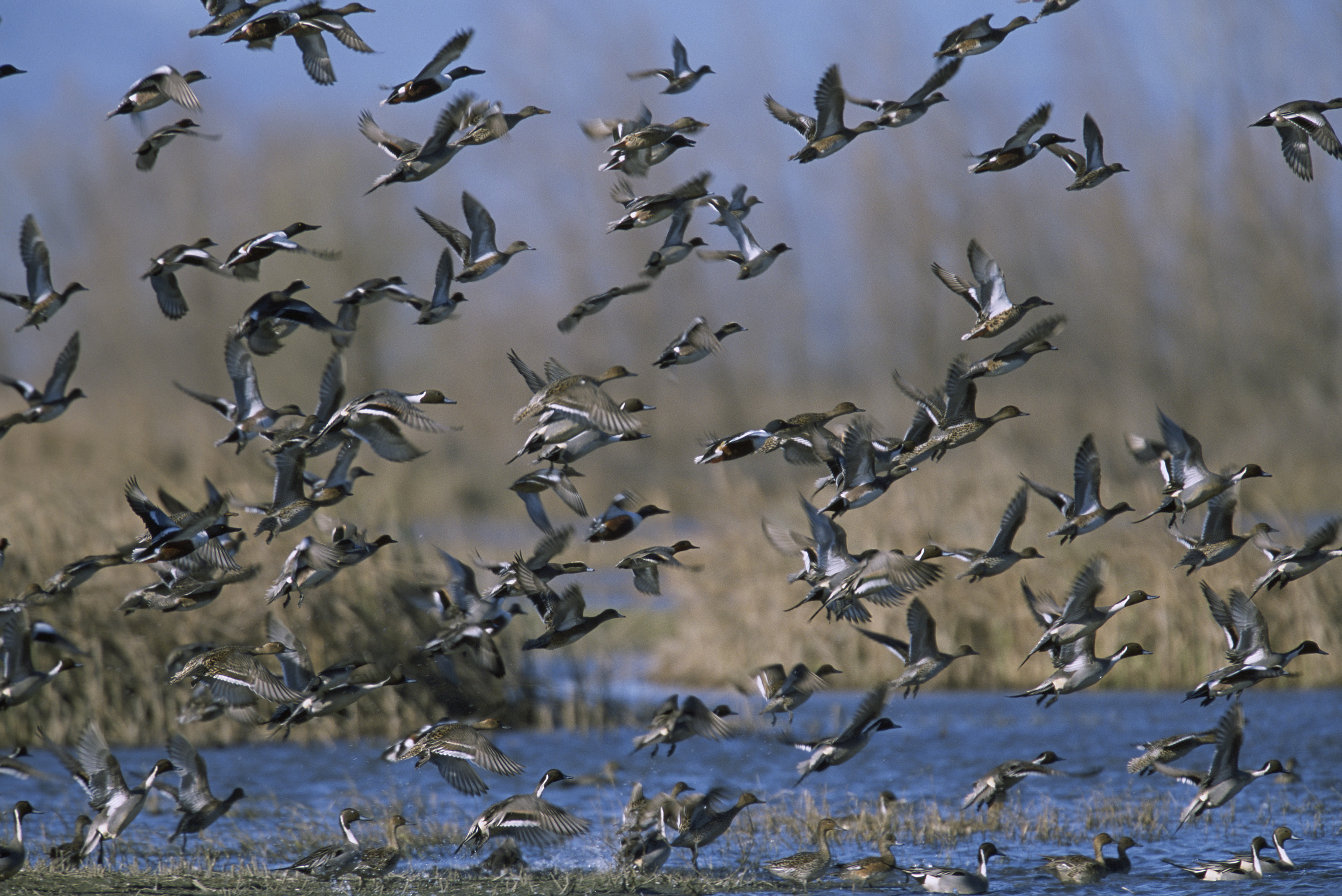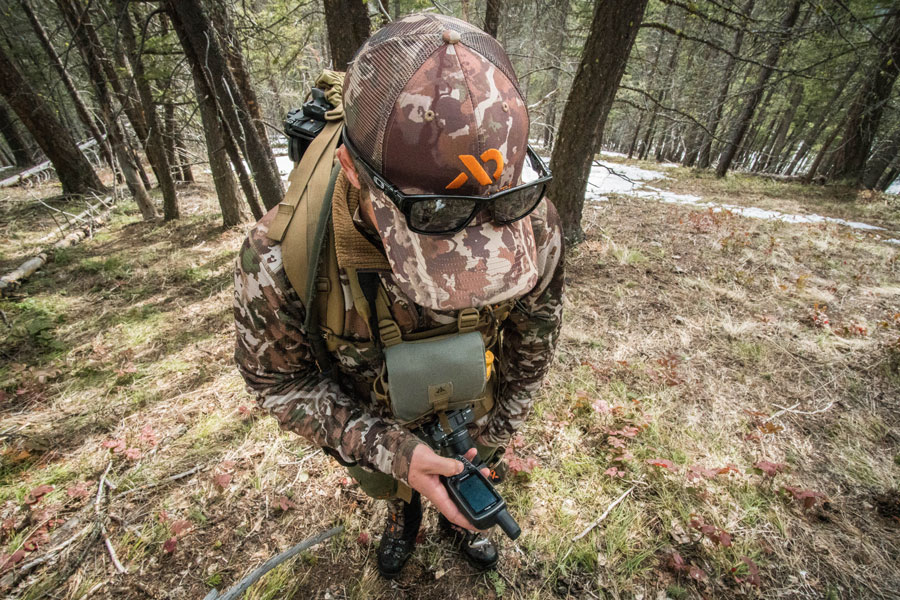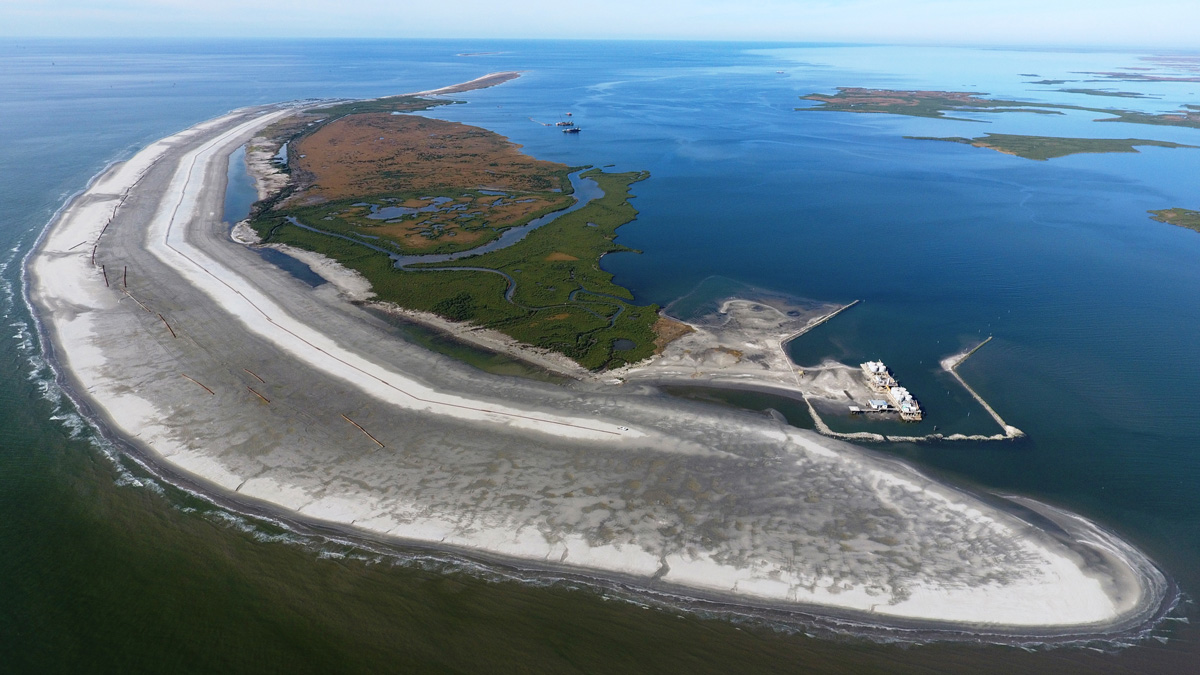And why we’re pushing lawmakers to wrap up these conservation priorities by the end of the 116th Congress
The stakes always feel high when you get close to the end of the hunting season and you haven’t filled the freezer yet. But here at the TRCP, there’s no nail-biter quite like watching the congressional calendar run out, especially during a lame duck session.
Between the election and the end of the current congress, before some new members arrive on Capitol Hill—and some leave for good—we have just a handful of weeks to get conservation priorities over the finish line. This includes bills that have made it through almost every step of the legislative process, from introduction and sponsorship to negotiation, committee votes, and perhaps even floor action.
We’re hard at work pushing lawmakers to finalize legislation with major benefits for hunters and anglers, because we’ll be back at square one again on these priorities and others come January. Here’s what we need Congress to get done.

Strike a Spending Deal with Investments in Wildlife Health and Public Lands
The two chambers with the power of the pursestrings have until December 11 to hammer out a deal for appropriating fiscal year 2021 funding. Reminder: Ideally lawmakers pass spending bills one by one for each section of the government, but with the deadline looming, this is likely to be done in one big legislative package. That omnibus must direct the $900 million that the Great American Outdoors Act made available for habitat and public access through the Land and Water Conservation Fund—even though the current administration has failed to supply a list of priority projects.
We also want to see a spending deal contain the Senate’s proposed investments in state-side chronic wasting disease recovery. The Senate agriculture appropriations bill leaves out problematic language in the House version of the bill that would allow agencies to spend these funds on other diseases affecting mostly captive deer, watering down the possible impact for wild herds.
Finally, the TRCP would love to see language detrimental to sage grouse conservation efforts removed from this spending bill. It has become seemingly uncontroversial as previous bills have been passed carrying the provision, which prevents any funding in the bill from being spent to list the greater sage grouse as an endangered species. It’s time to lose this idea—not necessarily because sage grouse should be listed, but because it sets a precedent of legislating wildlife management instead of listening to the science.

OK Water Projects with Habitat Benefits
Congress needs to pass a Water Resources Development Act, a two-year bill that authorizes water conservation and enhancement projects, many with benefits for fish and wildlife. We believe the biggest benefits to habitat, and therefore sportsmen and women, would be facilitated by the House version of the bill, which has several provisions that could significantly help communities implement nature-based solutions for infrastructure challenges. Two great examples of this would be restoring wetlands to better filter floodwaters or reversing coastal erosion by diverting river sediment so it builds up land.

Pass the MAPLand Act to Improve Public Land Access
Including the Modernizing Access to our Public Land (MAPLand) Act in an end-of-year legislative package would help busy Americans discover new outdoor recreation opportunities and give everyone the confidence to enjoy the outdoors. The need for better information is what the MAPLand Act is designed to address, by providing funding and guidance to our land management agencies so they can digitize their paper maps and access information records.
If successful, MAPLand would ensure that you can easily find online, among other things, the seasonal allowances and restrictions for vehicle use on public roads and trails, boundaries of areas where hunting or recreational shooting is regulated or closed, and portions of rivers and lakes on federal land that are closed to entry or limited to certain kinds of watercraft. The MAPLand Act would also require that our public land agencies digitize records of easements or rights-of-way across private lands, making it possible for the public to understand where public access has been formally secured.
Bonus: MAPLand would make the LWCF an even more powerful tool. Read about that here.

Use Offshore Energy Revenue to Strengthen Coasts
Finally, the TRCP is supporting final passage of the COASTAL Act, which would amend legislation from 2006 to dedicate more offshore energy production revenue from the Gulf to support coastal restoration and resiliency. Specifically, we want to see the $500-million cap lifted for shared revenues and ensure that Gulf states receive 50 percent of these funds. This would make the offshore revenue sharing program consistent with the onshore revenue sharing program, and the additional funding would facilitate critical investments in resilient infrastructure projects and habitat improvements in vulnerable communities threatened by sea-level rise, coastal erosion, and flooding.
You can support our work at every level of the organization by making a donation to the TRCP. From now until December 31, your dollar goes further for conservation thanks to a generous match by our friends at SITKA Gear. There’s no better time to give!







